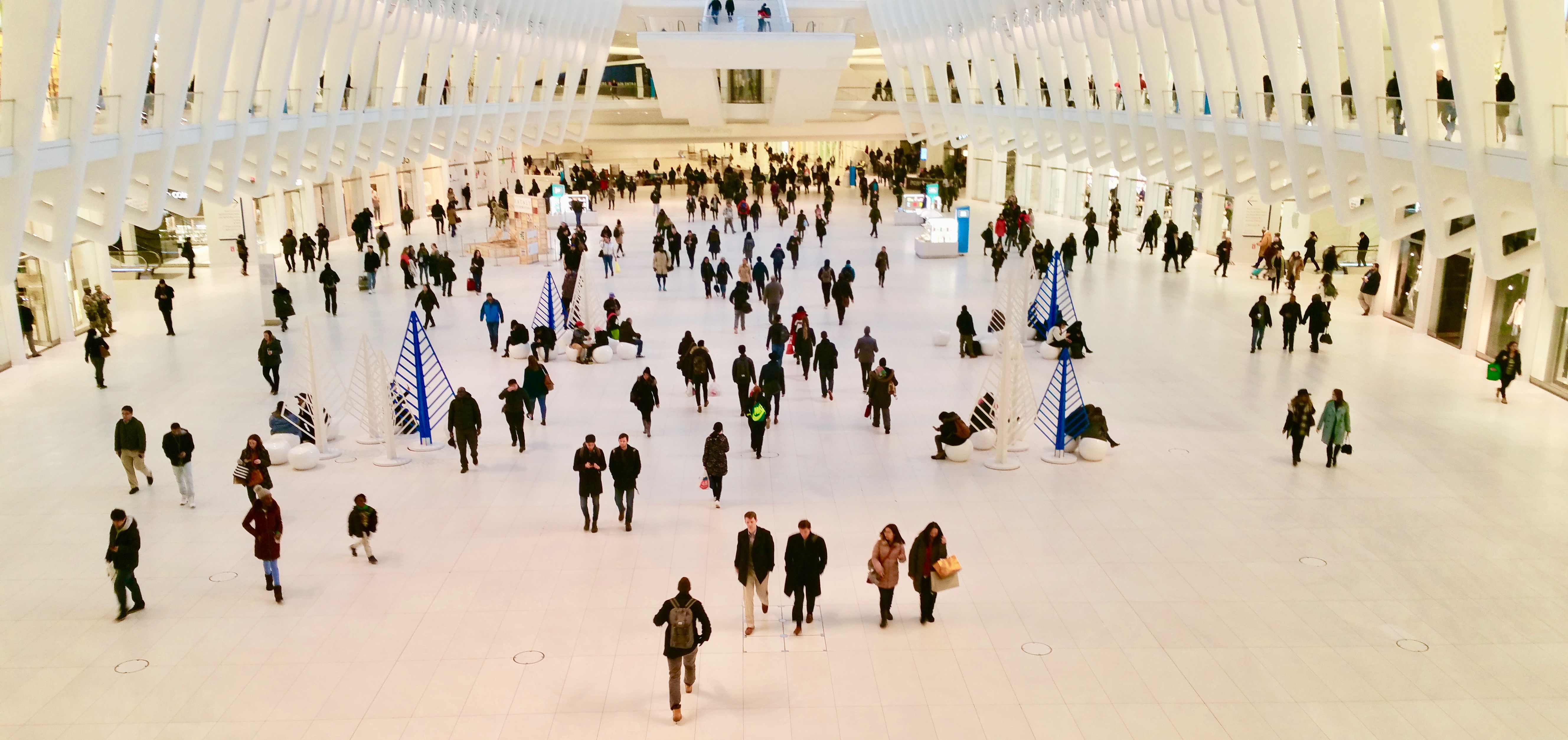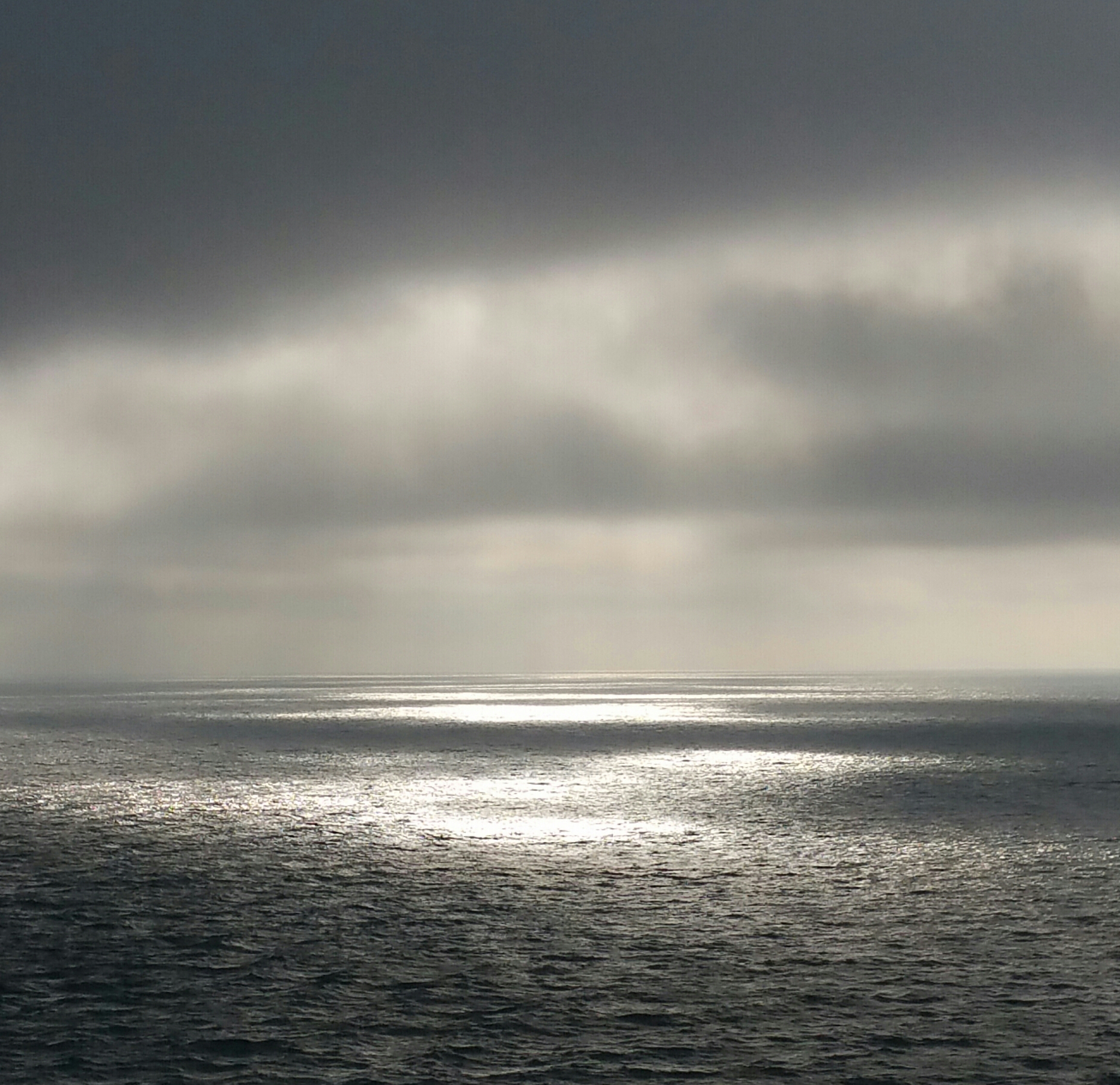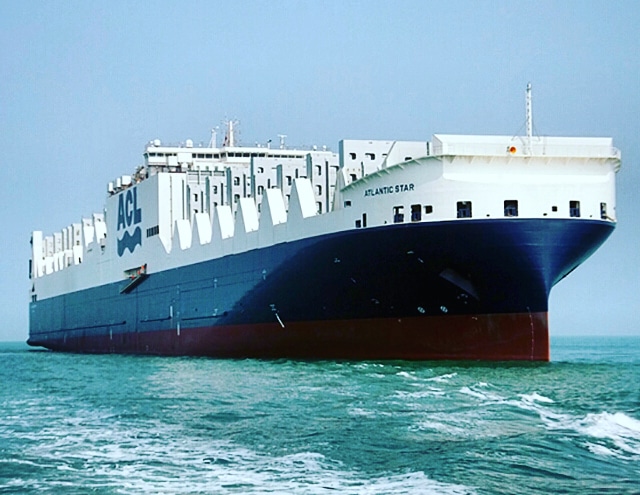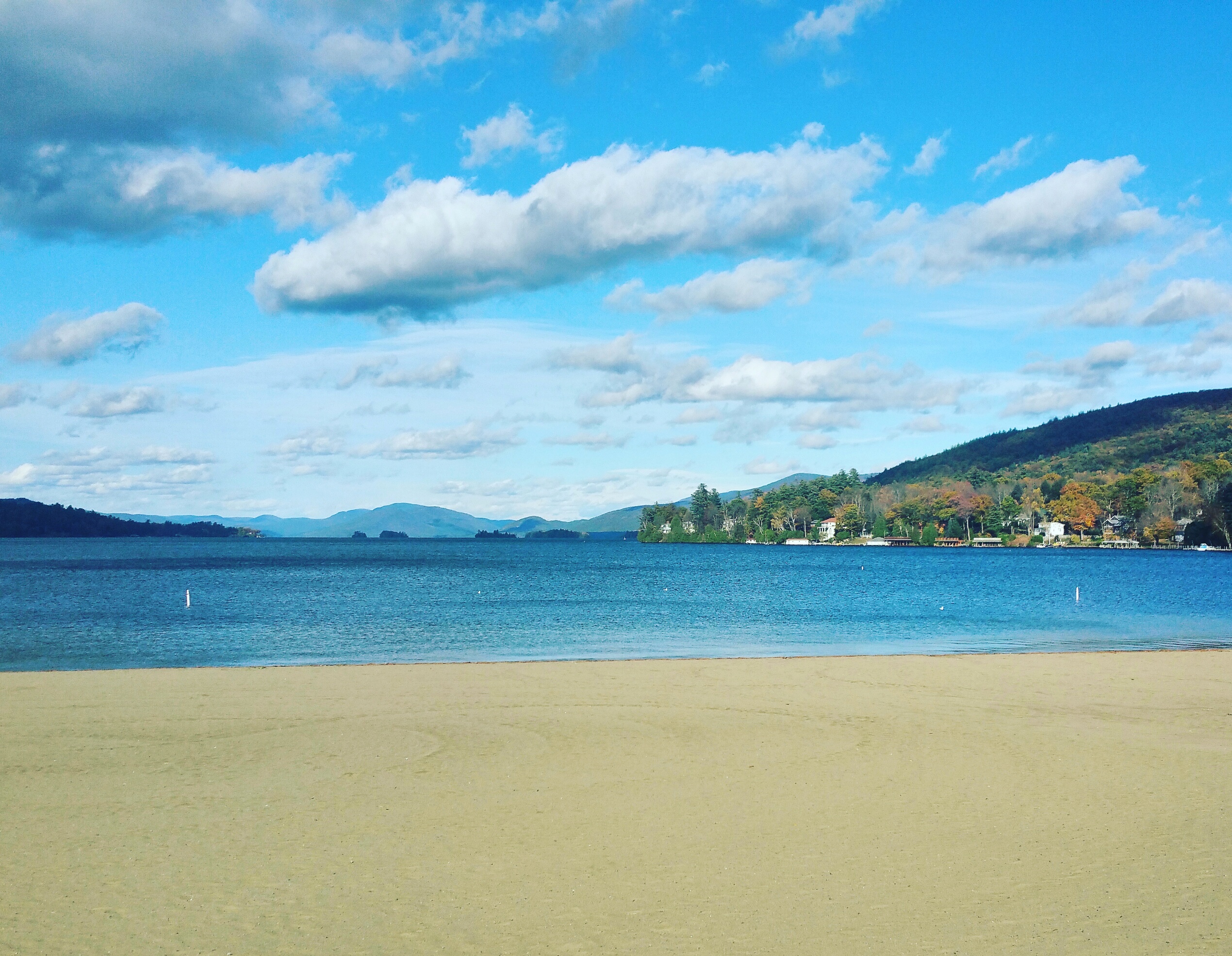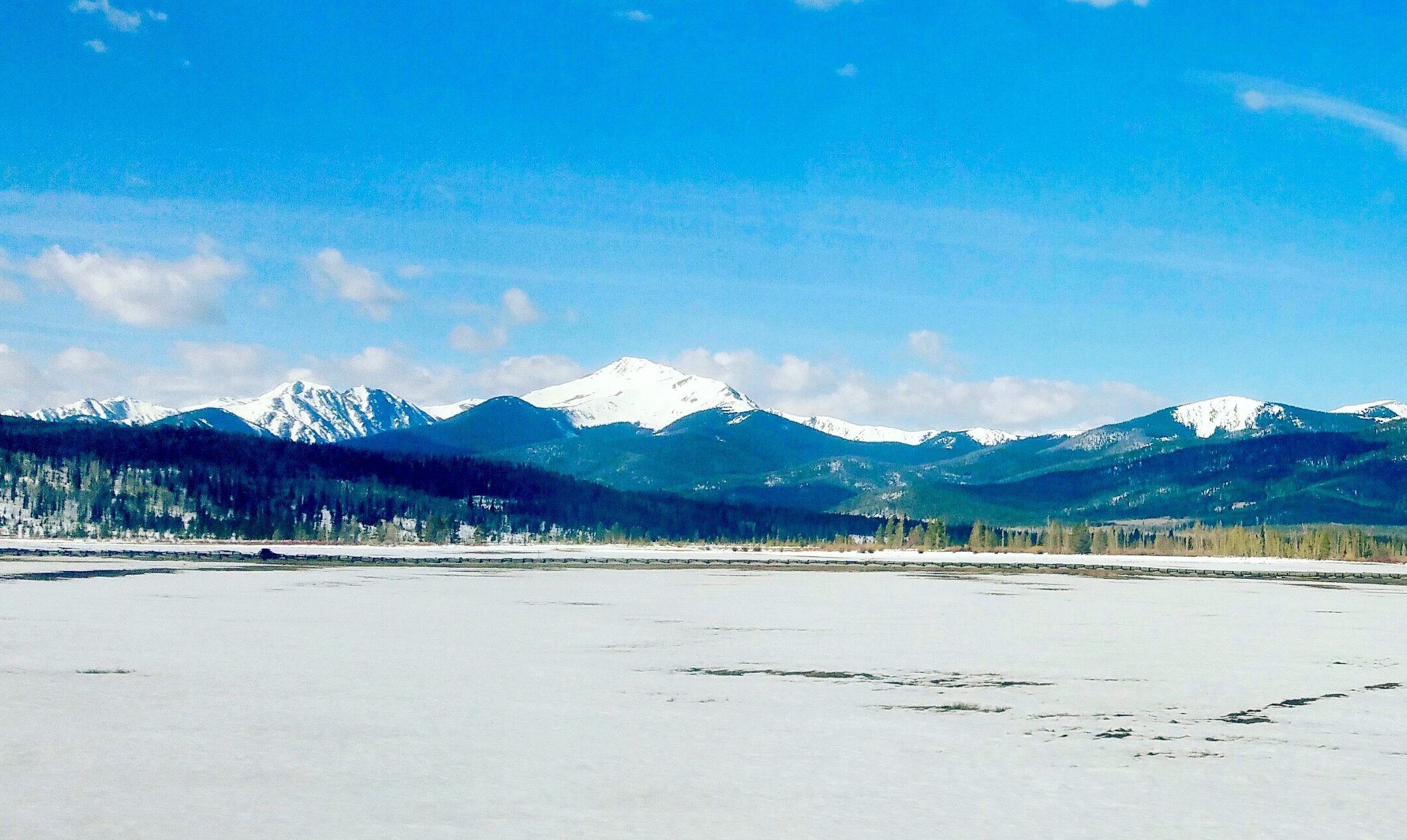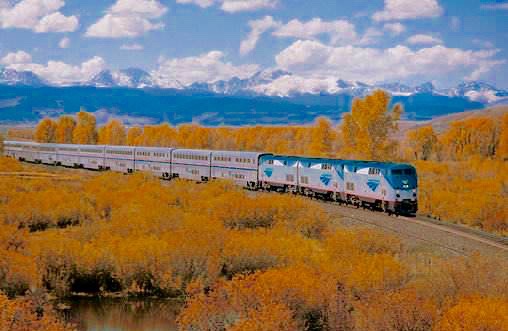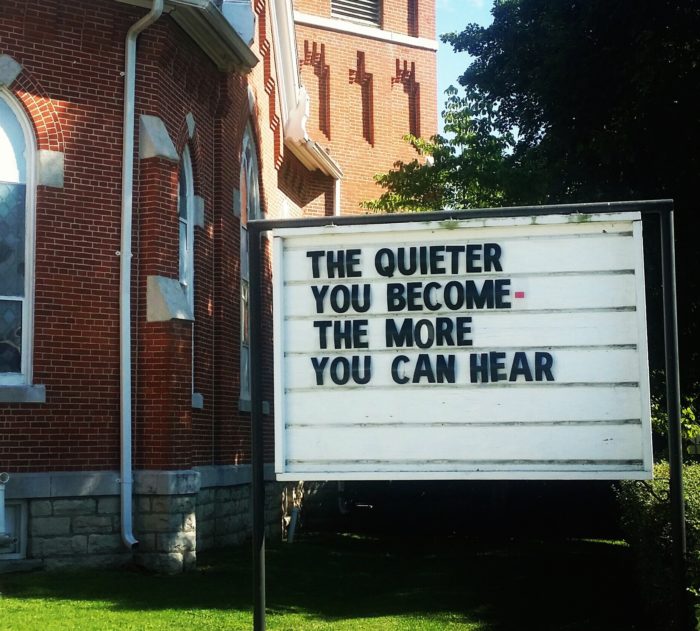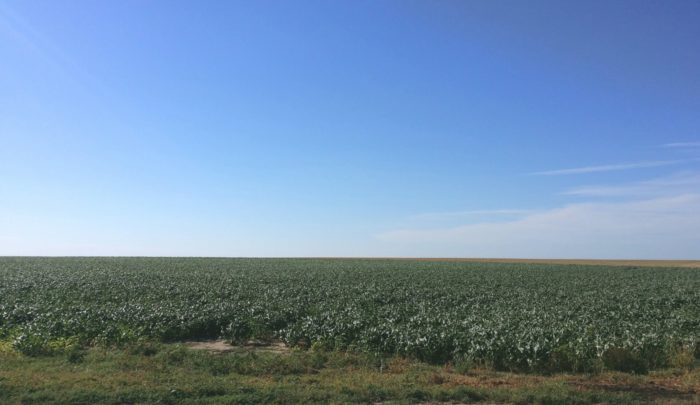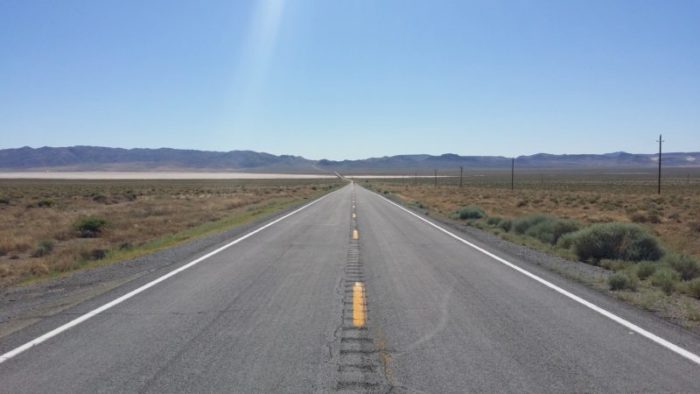Train Across America Part 1: New York – Philadelphia – Washington DC – Cincinnati – Indianapolis – Chicago
Taking the train across America is a great way to test the theory that a journey can be enjoyed as much as the destination. You get an experience on a train that just cannot be replicated on a stressful flight or road trip on the same route. From the train, you are offered a unique glimpse into America’s soul. It is so much more than just a journey from A to B. Taking the train across America unearths a way of life which is somewhat lost in this convenience driven, fast paced world, but which is still hugely enjoyable.
The snow was piled so high in Queens New York, that I struggled to haul my baggage from the apartment building to the waiting Uber car. New York at five on a winters morning is ridiculously cold, but at least the combination of the snowstorm and the early hour on a Sunday morning meant that the streets were a little quieter. Javier the driver, was amazed that I was taking the train across America. He was even more bewildered when I told him I had cycled all the way across America the previous summer. “I suppose you’ll be walking back?” he asked me through the rear view mirror with a grin. Well, who knows!

A blurry image of a departures sign, seen through blurry eyes, at 6.30AM in Penn Station, New York City.
I arrived at Pennsylvania Station in Manhattan long before the scheduled 6.45am departure. Boarding the Amtrak Cardinal train in darkness, it was really nice not to feel pressurized by the process or the staff. There were no lines. No security checks. No need for shoe removal, except of course by choice, should you want even greater comfort. A few minutes after choosing a seat by the window, the train began to roll, and soon we were snaking our way through the underground tunnels of New York City.

The Amtrak Cardinal would take me through 10 states, on the first leg of my journey by train across America.
We reemerged above ground in New Jersey, just as dawn was breaking. I took a final look back at Freedom Tower, and settled in to enjoy the start of an adventure. Once out of New York, the train eased to it’s upper speed limit of 79mph, and I watched as the passing New Jersey snowscapes reflected the almost horizontal rays from the rising winter sun. As I do every morning, I then closed my eyes and practiced Transcendental Meditation for around twenty minutes. The gentle rocking of the train on its tracks seemed to make it even easier to get to that beautiful quiet place. I took a deep breath and a stretch to finish, and then pondered the theory that no journey is too long if you are in the right company. Well, I was alone, but comfortable with my own company, so I was feeling good! Taking a train across America really does provide an ideal environment in which to meditate and relax.

The slogan on the Amtrak coffee cup suggested we ‘Change How We See the World’. I couldn’t agree more!
The Cardinal service offers great comfort for the long-distance rail passenger. There is ample legroom (much more than on the average aircraft) on chairs which recline to about forty degrees. There is a footrest that can be extended, charging points, wifi, personal lights, air vents, curtains, and so all told, the coach seats are perfectly fine to relax and sleep on. The next carriage back had a cafeteria, serving hot and cold snacks. If you are feeling flush, you could book a sleeper or roomette, but I was interested in more than comfort. I not only wanted to see how I enjoyed the trip, but I wanted to see how others enjoyed it too. For that reason, I had chosen the more sociable coach class.

Amtrak’s Cardinal line operates on a southern arc between New York City and Chicago
The impressive Philadelphia skyline soon came into view. The city is steeped in history, and was actually the first capital of the United States of America. George Washington and John Adams lived as presidents at the mansion on 6th and Market Streets, while the federal capital was being constructed in Washington DC from 1790 until 1800.
The train slipped through the Philadelphia suburbs, while most of her inhabitants were still asleep. I sent my Irish cousins a message to say that I was in Philadelphia. In the few minutes it took for them to reply, I had already crossed over another state line. I was now in Delaware for the first time.

Crossing the Susquehanna River on Chesapeake Bay, between Philadelphia and Washington DC
We followed the northern bank of the Delaware River for a few miles near highly industrialized Wilmington, before cutting across the head of Delmarva Peninsula. This unusual landmass, which is technically an island following the excavation of the Chesapeake and Delaware Canal, comprises almost all of Delaware state, and the eastern shores of Maryland and Virginia. We quickly traversed the head of the peninsula, going over the Susquehanna River, and onwards along the northern shores of Chesapeake Bay, which we followed through Baltimore and towards Washington DC.
Passengers were encouraged to step out onto the Washington DC platform to stretch their legs and get some fresh air. In just a few hours, I had traveled two hundred and twenty five miles down the eastern seaboard, and in doing so had traveled through four states and entered the District of Columbia at Washington. The land for the administrative and symbolic modern day capital of the United States, had been ceded by the states of Virginia and Maryland in 1790. By the start of the nineteenth century the capital and its houses had been constructed, and so, Philadelphia was honorably succeeded as the nations capital.
Having boarded the train in one of the original colonies, crossed the Delaware River, passed through Philadelphia and then onwards to Washington Dc, the journey to that point almost felt like a train ride through a United States history lesson. I couldn’t help but glance at a map of North America, and find my eyes wandering westwards, where I would cut through fur-trapping country, follow covered wagon trails and eventually find the golden treasure of the Pacific coast.
The elongated stop in Washington was welcome, and so I marched back and forth on the DC platform in military fashion, both as a means of stretching my legs and keeping warm. During this time, the train was cleaned and supplies were restocked. Our departure was powered by a diesel engine, as opposed to the electric unit which had taken us from New York City. I wondered if the electric unit was required by law while traveling along the highly populated eastern seaboard.
The passing scenery as we left Washington was just fantastic. The tracks followed yet another river, this time the Potomac, which flows through the heart of DC. By now the sun was well up in the sky, and it was a beautiful clear sky day. Passing by the town of Alexandria, I suddenly noticed that the snow had gone. It had either melted, or had not been so deep here in the first place. It seemed as though spring had suddenly arrived.

The Amtrak Cardinal cuts through beautiful countryside in Virginia and West Virginia.
Once again, the train veered inland; this time permanently away from the Atlantic coast. We had now come as far down the east coast as this route would take us, and were heading for another new state – Virginia. Slowly but surely, the urban sprawl of DC gave way to the forests and agricultural lands of Virginia. At around this time, the man who had been sitting behind me since we had left New York City, began to snore. At first it was not so bad, but the deeper he got into his sleep, the louder his snoring became. After twenty or thirty minutes, he was to be heard by everyone in the carraige.
We approached the foothills of the Appalachian mountains; passing through little villages and farmland. The train made several short stops while crossing the state, picking up passengers and supplies. At Staunton, around a dozen people came aboard, four of whom were notable by their demeanor and attire. Having previously cycled across America, including a leisurely day spent passing through Lancaster County Pennsylvania, which is known as ‘Amish Country‘, I knew that these folks were Mennonites.

A group of Mennonite folks, in their traditional and plain attire.
One of the Mennonite men asked the conductor if he and his traveling party could be seated together, so in an extremely fortunate turn of events, my snoring friend was asked to relocate. The two Mennonite men took his place, and their wives sat just across the aisle. As the agreeable snorer gathered his belongings and shuffled out of his seat, one of the Mennonite men conveyed his gratitude by saying, “Mighty Bliged Sir.”
As we weaved our way through Buffalo Gap in the Appalachians, I couldn’t help but overhear the conversation between the Mennonite men behind me.
“Now’s it any wonder we’re having trouble when it costs one point six cents to mint a penny? So, every time we make a new penny we’re going another point six cents further down the hole. Even Mr Trump can’t be expected to make those kinds of figures work.”
A short time later, after a lengthy silence during which I presumed both men had been contemplating matters of economics, one man’s attention suddenly turned towards his stomach.
“Im hungry” he announced.
“Well, you got your sand witches don’t you?” replied his friend.
“Yes I do, but I don’t care much for the cucumber ones they packed. Specially since I’m on the train – if you catch my drift.”
“Well”, said his friend defiantly, but with more than a hint of humor, “not meaning to cause you any offense nor nothing, but I’ve caught a few of your drifts in my time and I sure don’t want to catch any now that we’re on the train!” Cue deep laughter from both men, and concealed giggles from myself and the Mennonite ladies.
A little further down the line, we slowed in one of the many narrow river valleys of West Virginia, to safely pass an oncomming freighter train. Approximately ten open-topped cars containing very finely crushed coal, passed by before I decided to start counting. By the time the last car had passed, my count had reached fifty two. This, I considered, was becoming a more and more unusual sight, as the major coal mines were now in a state of decline. The many rivers we followed through the West Virginian Appalachians all had the same appearance; sporadic signs of greater mining activity from yester-year, wild white water rapids, lost villages with moonshine-making credentials, and trees. Lots of trees.
As the light faded, I couldn’t help but think that we had just gone through what many American city-slickers would refer to as ‘Hill-Billy Country’. My eyelids began to fall with the setting sun, and for an hour or so, I fell into a deep sleep. I dreamed of dueling banjos, white-water rafting, hard-drinking coal miners and of Mennonite economics.
The conductors announcement of an extended stop at Huntington West Virginia called me back in to the real world. Before I was even fully awake, I found myself yawning and stretching on the busy platform. Fresh air breaks were not to be missed.
Having left New York City just that morning, where temperatures had hovered in the mid twenties , I now felt uncomfortably over-dressed in relatively balmy Kentucky. Some people took the opportunity to smoke. Others hurried to beat the line for the toilets in the station building. The train staff unloaded trash bags and picked up fresh supplies. The Mennonite wives, who were sporting long flowery-patterned dresses and white bonnets, held hands as they skipped and ran around a little patch of grass in the parking lot. Their husbands stood shoulder to shoulder in silence. I tried to figure out which one was secretly letting go of his long-held ‘drifts’.

A welcome stop and a chance to stretch the legs at Huntington, West Virginia.
Once back on the train, I walked back to the next carriage, where I knew the cafe/shop would now be fully stocked (TIP #1: Always coincide your dining and bathroom breaks with the immediate aftermath of major stops, as you will find the train facilities freshly cleaned and restocked). I ordered a cheeseburger and a Pepsi (“a classic American” as the friendly Amtrak server described it), and sat down at a nearby table to dine alone. After I had taken a few bites and then paused for digestion, a voice from behind me asked: “Pardon me sir, but I was wondering what part you’re from?” I turned to see that it was one of the Mennonite men, who also happened to be sitting alone.
Now I must admit, I had been looking for the opportunity to speak to an Amish or Mennonite since I had cycled across America in the summer of 2016. There really is no easy way to instigate conversation with these curiously simple and withdrawn people, without risking the danger of making them feel uncomfortable. So many tourists come out of the cities on the east coast to Lancaster County in particular, and are quite intrusive in how they approach the locals. This has resulted in the Amish becoming even more withdrawn, like spooked deer in hunting season. I took this unexpected opportunity for communication by asking the man if I could join him.”It’d be a pleasure sir.”
(TIP #2: Embrace the social aspect of travel in the coach class. You can meet some really interesting people)
‘Erik’ and I talked about a range of subjects, including a very interesting discussion about how he was of the opinion that agricultural co-operatives are not necessarily acting in small farmers best interests anymore. To my surprise, upon hearing that I was Irish, Erik asked me if Irish dairy farmers were well off financially. I silently noted that he appended the word ‘financially’ to the term ‘well-off’. To me, this gave an insight into the first notable difference (aside from attire) between his world and mine. His people would consider themselves ‘well-off’ in many ways other than financial. I made a mental note to remember that.
As a dairy farmer who milked ninety cows, and who did not have access to the internet and newspapers as a means of gauging market trends, Erik based the value of his stock on the prices of similar products in the supermarkets. This, I considered, was a simple yet highly effective strategy. Maybe it was a micro-example how how the Mennonite approach to life may be slightly more insular and simplistic, but enjoyable and comfortable none the less.
The product which Erik was referring to was KerryGold, a very tasty Irish butter which is now widely available in the United States. It is generally stocked in small supplies, and at over ten dollars a pound, is perhaps twice the price of other butters. I saw that this had led to Eriks question, and had perhaps spurred his willingness to engage with me in the first place. Erik’s mystery shopping may have given him an indication of market value, but his more paraochial existence deprived him of a more in-depth understanding of pricing factors other than net payment to the producer. I explained that the cost was so high given the addition of international taxes, the federal requirement to comprehensively test overseas farm produce, the inclusion of additional preservatives and shipping costs. There was also scope in the figures to make room for one or possibly two American importers cut. Although he had little way of knowing this prior to our chat, he immediately understood. Mennonites may not be worldly, but they certainly aren’t slow – especially when it comes to food production.
To my greater surprise, Erik then talked about the emergence of driverless cars and drones. It was a very unexpected and surreal twist to a conversation with a man who had no watch, smartphone, newspapers or any other modern ‘conveniences’. Yet, I immediately understood the practical relevance to his curiosity. Neither of us needed to implicitly reference why this new mode of transport should be familiar to me and not to him, but we did discuss it at length. The concept of driverless cars has been known and explored by me for well over a decade, given my background and interest in technology, but Erik’s musings on the matter were owing to more recent and populous developments. Mennonites and Amish may like to live traditionally, but yet, when something new emerges, they will consider it. So long as it does not pose a threat to their way of life, they are open to using it.
Amish and Monnonites will ride in a car provided someone else drives it, and provided the journey is for business purposes and not pleasure. They do not fly. Given that a horse and carriage can only take them so far, and that they regularly meet and visit other similar groups right across the country, they have been perhaps Amtrak’s most regular customers for decades. For the more forward thinking (not to mention business-minded) Mennonite man, which Erik most certainly was, this new form of transport was of interest. It transpired that he was making what was a regular trip between his dairy farm in Virginia and his crop farm in Kentucky. The train worked well, but there was still the matter of getting to and from his farms and the nearest stations.
I found myself reassuring Erik that self-drive cars might indeed be of interest to him. “The mechanics are the same. The appearance is the same. In fact, standing on the sidewalk, you wouldn’t be able to differentiate between a passing driverless car and a manually operated car. The only difference is, you express your desired destination beforehand, much like you do when you buy a train ticket. After that, you simply sit back and relax – just as you do when taking the train.” Again, without confirming that he was Mennonite and I was not, Erik thanked me, and concluded by saying “Well, it certainly seems like it is worth looking in to – when the time comes.” And therein, I decided, lay the main difference between my cultural upbringing and Erik’s.
Regarding the driverless car, he would look in to it – when the time would come. In my world, people spend so much time and energy speculating, disagreeing, and talking about what the future might or might not bring. So much so that we often miss the present. In Erik’s world, he may soon have to face a difficult decision, but he had an entirely different outlook. Easing the burden of travel between his farms, while running the risk of incurring the wrath of his elders for breaking tradition, would be an ethical dilemma. (Actually, I had already decided that Erik was himself an elder. A decision maker. So his decision carried greater responsibility). But, Erik wasn’t going to waste time worrying about this matter. At least not until ‘the time comes’. Brilliant. My mother always offers a piece of advice which says ‘Don’t meet trouble half way’. I smiled to myself as I wondered if she was secretly a part-time Mennonite!
The drone question was addressed full on by Erik. “I’ve nothing against them, but some folks have been flying them over their neighbors properties and invading their privacies. Do you think thats right?” he asked me. I had to agree with him that it was not ‘right’ and that drone intrusiveness was a problem. I pondered what morale code drone users adhere to, and how they decided (if at all) what was ‘right’ and not right. I also felt empathy towards the Amish and Mennonite people, when I considered what it must feel like to see a strange flying machine with a camera right above their yards. Part of me felt ashamed of the outside world.
Erik had a kindly, calm and open personality, and I treasured the opportunity to talk with him. Too often we recoil from communicating with people who are different in some from ourselves, and this non-communication can alienate us and others. I felt so happy to have broken through a boundary, and for the conversation to have been so amicable and enlightening. All too quickly though, we arrived at Erik’s station. We shook hands, wished each other well, and I watched as he departed with his wife and friends. I looked through the window as they stood by their old-fashioned suitcases on the platform, perhaps waiting for local horses and carriages to come to pick them up. Their clothing looked so different, so primitive, yet so clean, smart and tidy. I sat back in my seat as the train rolled along on the banks of the Ohio River, and tried to comprehend how my way of life and Erik’s coexisted. The term ‘purpose over pleasure’ seemed to stick in my mind. I certainly admired the ability of the Amish and Monnonite communities to sustain their place in the world, using such a modest set of guidelines and ethics.
In the shadows of Cincinnati train station, at one forty five in the morning, I slipped off my shoes, reclined the seat, and snuggled up under Jaime’s Magic Blanket. This black and charcoal, intricately patterned blanket, had been a gift to my wife Yesi, from her father Jaime, when she had left Peru to come and live in New York City. After our wedding, when I had arrived from Ireland to experience my first New York winter, Yesi and I would regularly cozy up under this Andean treasure. The comfort of the Llama wool, combined with the sentimental value, meant that within minutes we would be warm, content and sleepy. Hence I had named it ‘Jaime’s Magic Blanket’. It had the same effect on me right there on the train in Cincinnati, even though Yesi wasn’t there with me. She was however with me in my thoughts. Within a few minutes I was content and had fallen asleep. (TIP #3: When traveling on a train across America, consider bringing a blanket and/or pillow for added comfort).
I woke briefly around an hour later, to the sound of low chattering and the wonderful smell of spices. I leaned sideways in my seat to see that a little further up the carriage, a Chinese family of three generations, were huddled around a series of pots and flasks, and were enjoying a midnight feast in the amber glow of a travel lamp. For a time I studied how happy they looked as they dined as a family. The gorgeous aroma had made me feel quite hungry, so I rectified this by munching on some peanuts. (TIP #4: Always have snacks on hand when on a long train ride, but try not to overdo it, as you could get sick with the motion of the train). My semi-conscious food cravings held at bay, I quickly drifted back to sleep and did not stir again until we were in Illinois, around an hour out of Chicago.
I was pleasantly surprised by how well I had managed to sleep. The view now out through y window was dramatically different than it had been when it was last daylight in West Virgina. The landscape was no longer mountainous and wooded, but perfectly flat, and as it was early spring, it looked a little barren. After having a coffee and a cinnamon roll for breakfast in the dining car, I made my way to the downstairs bathroom, and took a wet-wipes shower. (TIP #5: Wet wipes are an absolute must when traveling overnight in the coach class of a train across America). I then changed my clothes and generally freshened up. I got my things together and a short time afterwards we began to weave a pathway through the suburbs of Chicago.

The beautiful architecture of the Great Hall at Union Station, in central Chicago.
When the Amtrak Cardinal finally drew to a stop in the bowels of Union Station, the first leg of my marathon journey by train across America had come to an end. I thanked the friendly Amtrak staff, picked up my bags, and stepped off the train. Before setting out, I had designs on a little walkabout tour of downtown Chicago. I had a four-hour layover before heading further west on a connecting train. However those plans were dashed upon hearing that the lockers in which passengers could store their luggage before boarding their connecting trains, were no longer available (presumably due to terrorism fears). Had I been more clued in to this situation, I could have switched around my bags so that I could have checked most of my luggage onto the next train in advance of its departure, and possibly kept one backpack which could have contained everything I needed on the onward journey. This would have enabled me to leave Union Station and go for a walk. (TIP #6: Organize your luggage by separating the items you might need while on the train ride, from the items intended for use at your destination).
It was not an especially good day for a walkabout in downtown Chicago anyway. The skies were overcast, and a wave of drizzle was creeping in from the shores of Lake Michigan. Whistle-stop sightseeing in Chicago would have to wait for another time. Instead, I made my way to the Great Hall of Union Station, and after having some lunch (Chinese food!), I sat in peace, relaxing and people watching. There is nothing like a train ride to help you work on your levels of patience and on the acceptance of each moment of the journey, whatever it is that each moment may bring.
I could think of a lot worse places to be left guarding my belongings. Union Station in Chicago, and it’s Great Hall in particular, are of great architectural beauty. It is a classic old-style railway station, and so the surroundings really accentuated the authenticity of traveling by train across America. I was happy with my experience so far. But a much longer ride lay ahead, on board the iconic California Zephyr, which would bring me over the Rocky Mountains, and out into the American wild west.
Click here for Part Two: The California Zephyr, from Chicago to Reno Nevada
